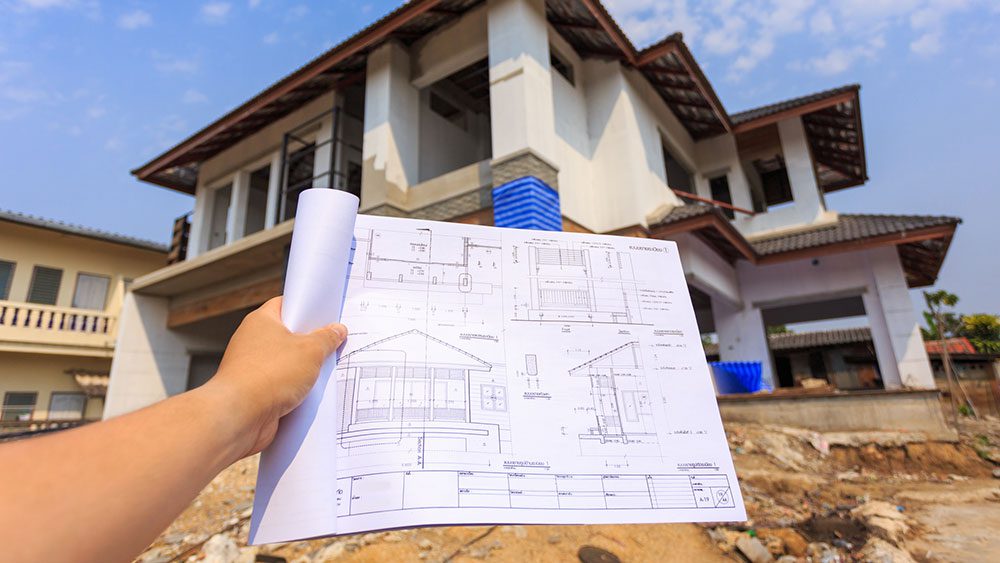A mortgage escrow account is one of the terms you’re likely to come across in your home purchase process. Moreover, a mortgage escrow account comes into play after you’ve bought the house. If you’re not sure how this concept works, you’re in the right place. Keep reading to learn more.
According to a Statista report, home purchases are nearly 70% financed through a conventional mortgage. So, despite the rise in all-cash purchases, there is still a good chance your next home is mortgage-financed.
If so, your initial step is to get a loan pre-approval from your lender. This way, you’ll know how much you qualify for before searching for a house. But, of course, a lot occurs from the pre-approval till you take ownership of the home.
What Is an Escrow Account?
An escrow account is a form of safekeeping where the funds are held until the parties complete a transaction. Then, a third party has the money for a set period or until they meet certain conditions. The escrow company ensures both parties meet the agreed-upon terms, the paperwork is in order, and the funds are accessible for each party.
Escrow is typical in real estate transactions during and after a home purchase. Here are the most common real estate escrow accounts:
1. Home Purchase Escrow Account
This account holds money transacted between a homebuyer and a seller. Here, the homebuyer deposits at least 1% of the home’s purchase price to show total commitment to the deal. If the purchase is successful, the money goes towards the buyer’s closing costs or down payment. Whereas, if the home purchase falls through, the money goes to either party, depending on the contract terms.
2. Unresolved Items Escrow Account
This involves unresolved items in the real estate contract, such as incomplete repairs or the costs of transporting some of the seller’s property. The escrow company holds the seller’s funds until they fulfill the terms of the contract. Once the seller meets the conditions, the escrow company returns the money to the seller.
3. Mortgage Escrow Account
The lender creates a mortgage escrow account to cover property-related expenses. More on this in the next section.
What Is a Mortgage Escrow Account?
A mortgage escrow account, also known as an impound account, is one of the most common types of escrow accounts. Its primary purpose is to hold money for expenses necessary to keep your property apart from your mortgage. Some of these payments include mortgage insurance, homeowner’s insurance, property taxes, and homeowner association fees.
The loan servicer deducts part of your monthly mortgage payment and sends it to the escrow account. This money pays for the fees mentioned above when they are due. It’s more convenient than paying a considerable amount to cover all these expenses annually or semi-annually.
How Much Should You Deposit to Your Mortgage Escrow Account?
The amount deducted from your monthly mortgage payment depends on the total amount required to cover your insurance and taxes. Remember that this amount changes based on your current insurance premiums and property taxes.
Mortgage lenders usually analyze the bills they paid the previous year and use the results to determine the following year’s escrow payments. But, of course, it can be challenging to state the exact amount because of the possible financial changes. As such, most loan servicers ask for extra payments to be held in the escrow account, usually two or three times the expected bills.
What if the Lender Collects More or Less Money?
As mentioned earlier, your tax and insurance payments keep changing every year. As such, the lender can deduct more or fewer funds from your monthly mortgage installments. The loan servicer analyzes your escrow account after every financial year to ensure they’re collecting the right amount. What if the values don’t match?
- If there’s more money deducted: If there are excess funds in your escrow account, the lender refunds them in escrow refund. You may only receive this refund if the extra money is more than $50. You may apply below $50 to the following year’s payments.
- If there’s less money deducted: If the lender’s analysis shows the money collected is less than the bill payments, you are required to cover the difference. You can compensate for the shortage by increasing your monthly installments or making a one-time payment.
Conclusion
The mortgage lender creates a mortgage escrow to hold money for property-related expenses temporarily. The main costs covered here include property taxes and homeowner insurance. First, the mortgage lender deducts these funds from the monthly mortgage payments. Then, they make annual or semi-annual taxes and insurance payments from the escrow account. Remember, the total amount deducted may vary every year depending on the cost of your insurance and property taxes.
© 2024 xpertRealtyMarketing.



